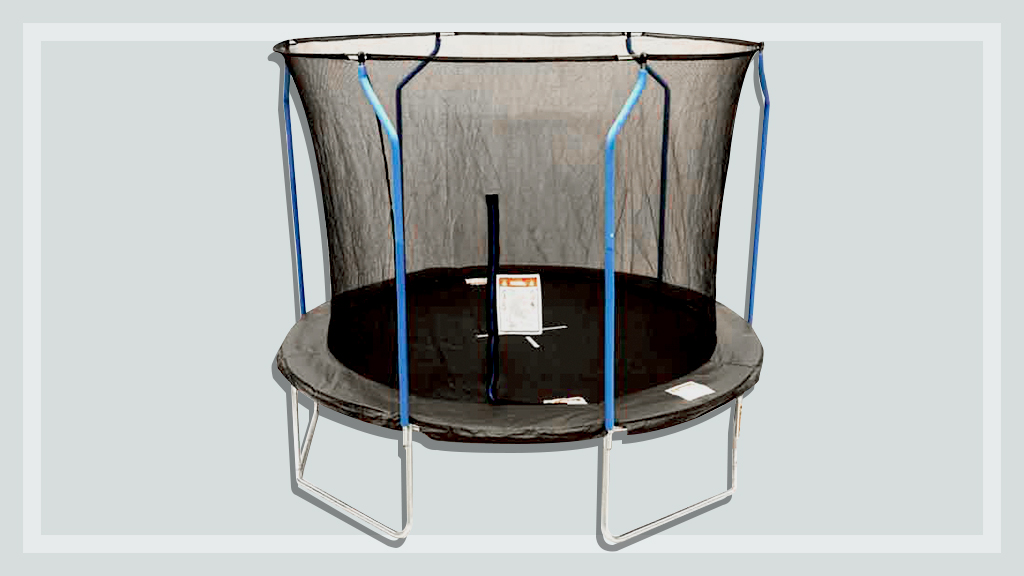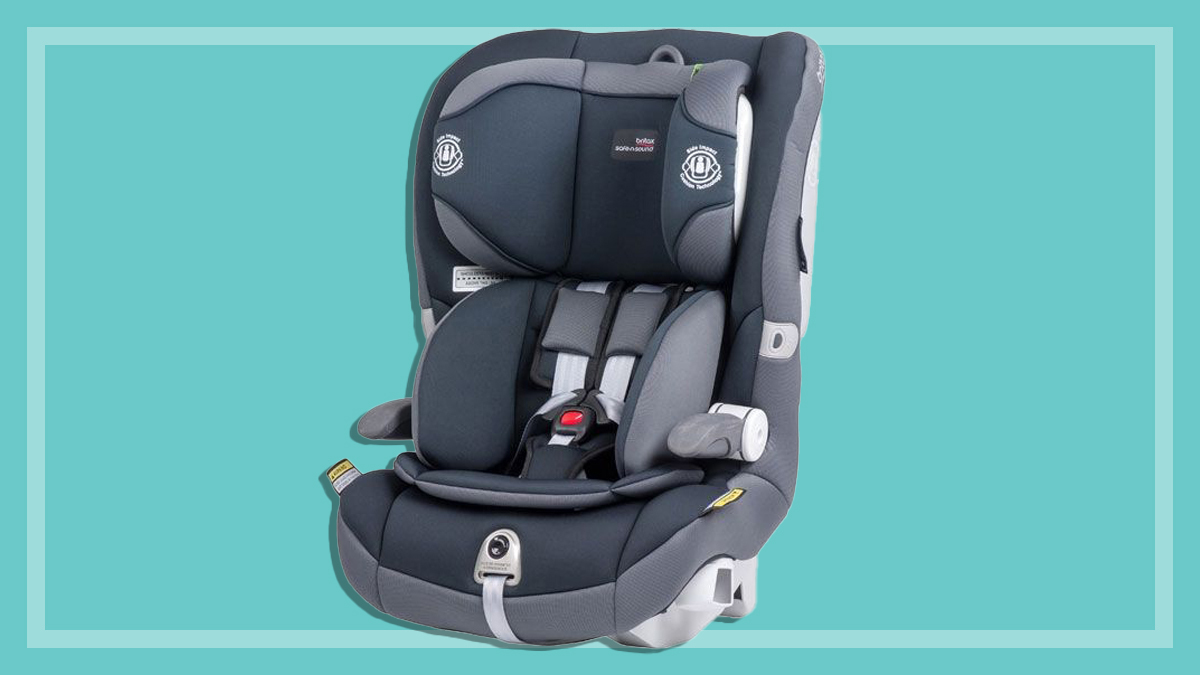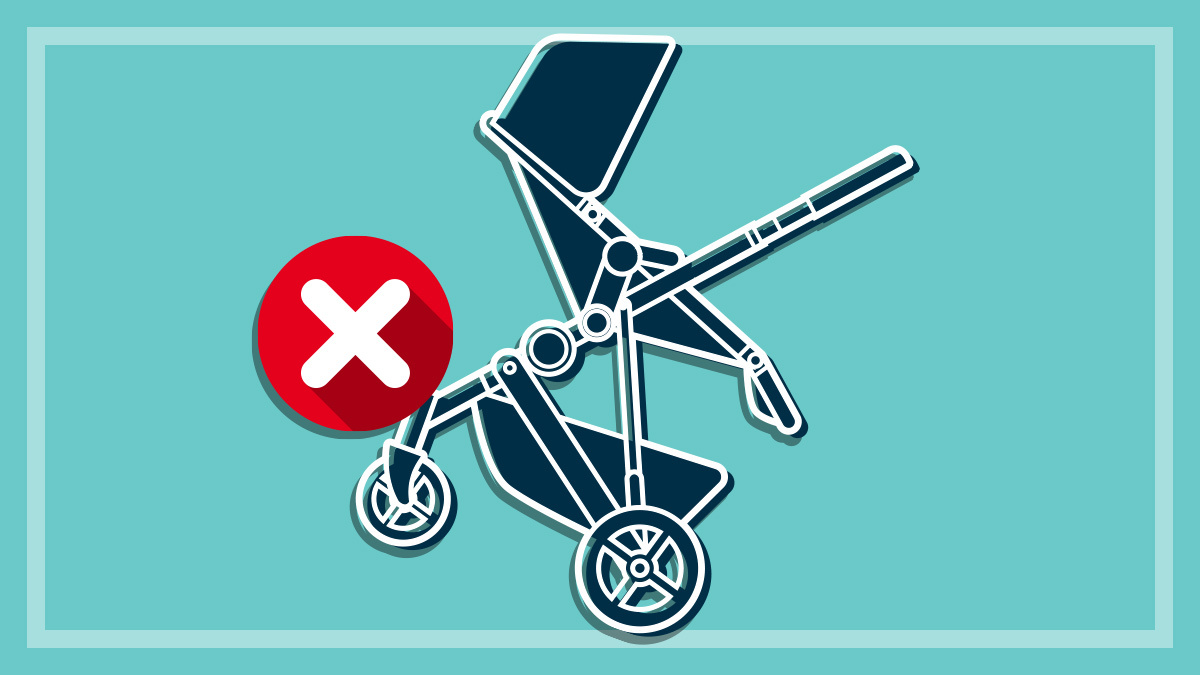Get our independent lab tests, expert reviews and honest advice.
How we test trampolines

We put trampolines through a methodical and tough set of tests to check their safety and durability, as well as how easy they are to assemble and use. Here’s how we do it.
Our expert testers
CHOICE maintains a highly professional NATA-accredited laboratory and the vast majority of our product testing is done in-house. However, some tests – including trampolines – demand particular expertise and equipment that we don’t have, so in these cases we engage an expert external lab to do the testing according to our requirements.
How we choose what we test
With so many to choose from, what makes us choose one trampoline to test over another? As with most of our product testing, our aim is to test the most popular brands and types on the market and what you’re most likely to see in stores.
We survey manufacturers to find out about their range of products, we check market sales information where available, and we also check for any member requests to test specific models. From this information we put together a final list that goes to our buyers.
They then head out to the retailers or go online and purchase each product, just as a normal consumer would. We do this so we can be sure they’re the same as any consumer would find them and not ‘tweaked’ in any way.
How we test
Our test is based on the Australian standard for trampolines, AS 4989:2015. This is a voluntary standard, but many trampoline distributors and manufacturers design and test their products to it.
The standard includes tests for UV degradation (whether the enclosure, mat and padding will deteriorate too quickly from being left out in the sun) and for salt spray corrosion, but we don’t assess these because of the time and cost involved.
Structural testing
We carry out a range of tests that apply weights and forces to the trampoline frame, the mat, and the enclosure, to ensure the trampoline doesn’t break or deform in any significant way under stress. This could happen if a user lands heavily on the mat or frame, or crashes against the enclosure. The tests also help determine whether a trampoline will survive and remain structurally sound over a long period of usage.
Impact testing
We test the padding and enclosure to measure how well they attenuate (reduce) the impact force of a user hitting them. The pads and enclosure need to be soft and energy-absorbent so that a user isn’t injured in an impact, but also must be tough enough to not get damaged in the process.
The structural and impact tests are tough tests and only the better trampolines pass them.
Entrapment and other hazards
These tests check for head entrapments, finger entrapments, places where clothing can snag, sharp edges and protruding bolts, among other things. Some of these we consider relatively minor hazards, but not always; for example, a head entrapment gap that’s accessible to a child bouncing on the mat is considered a serious failure.
Product marking and safety information
The standard specifies various safety warnings and information that should be present, on the trampoline itself and/or in the instructions.
Ease of use
As well as the performance tests based on the Australian standard, the testers also assess:
- the quality of the instructions – are they comprehensive and easy to follow?
- how easy the trampoline is to assemble. Note that for most people who aren’t experienced at doing this, any trampoline can be challenging to put together.
- how easy it is to get in and out of the enclosure’s entry
- how easy it is to relocate the trampoline by picking it up or pushing it.
Test criteria explained
The CHOICE Expert Rating is made up of:
- performance (70%)
- ease of use (30%).
The performance score is based on how many failures we find in the structural, impact and information tests. Serious failures lead to a low score and any models with serious failures won’t be recommended. A trampoline with only very minor failures, such as in the information and label requirements, will score well and can still be recommended.
Our test lab
Testing trampolines requires a very specific laboratory setup, not to mention a lot of floor space and high ceilings. While CHOICE does have high quality NATA-accredited laboratories, we don’t have the necessary equipment or skills – or indeed the floor space and ceiling heights – to test trampolines to the Australian standard. So instead, when we review trampolines, we send them to an expert external lab.






